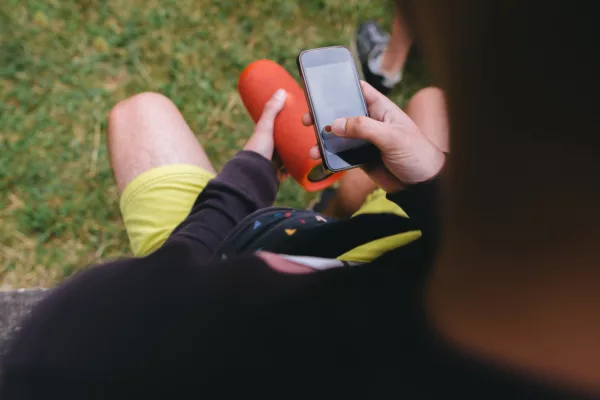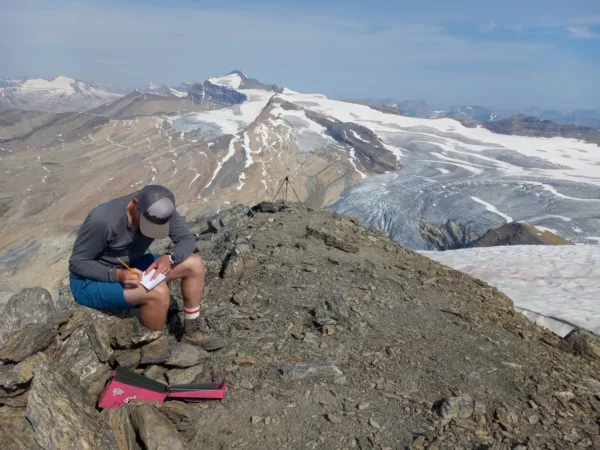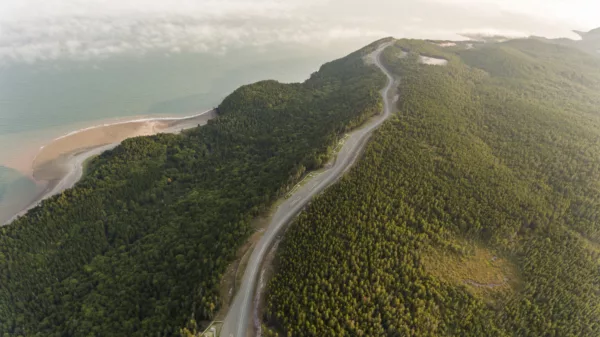How to Pick a Daypack for Hiking

For outdoor activities where your pockets won’t be enough to fit your essentials, a comfortable daypack is crucial to enjoying your time outside. But between padded hip belts, adjustable torso lengths and mesh back panels, deciding on one can be overwhelming. Every pack offers functional differences and picking the right one for you depends on several key factors.
 iStock
iStock
Back Support
Comfort is important when you’re likely going to be carrying the pack on your body for most of the day. Look for wide padded shoulder straps that provide more support and comfort. A pack with a mesh ventilated back panel will prevent your back from feeling sweaty throughout the day, as it creates space between the load and your back. To help take the weight off your back and shoulders, look for a padded hip belt on larger daypacks that help stabilize the load and shift the weight onto your hips.
Convenience
A pack that offers convenience is often equipped with organizational compartments and side pockets, as well as stash pockets situated in places like the top of the pack or on the hip belt. These pockets help secure essentials like your phone, map and water bottle, and keep them within reach for easy access. These exterior pockets help save time so you don’t have to constantly take off your pack to grab something.
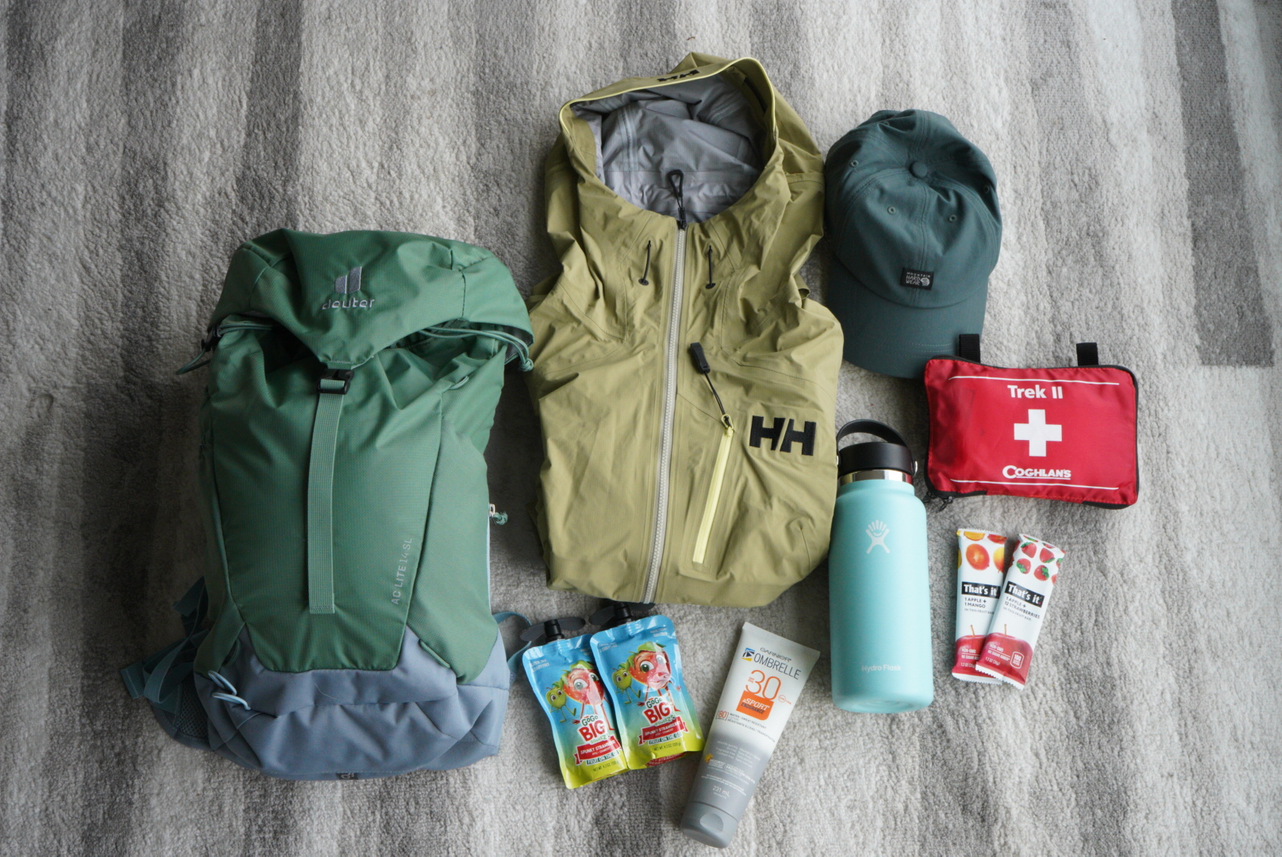 This 14-litre AC Lite SL pack by Deuter can comfortably fit a lightweight shell, a 32-ounce insulated water bottle, a first aid kid, a cap, bottle of sunscreen and a handful of snacks. Photo: Vivian Chung
This 14-litre AC Lite SL pack by Deuter can comfortably fit a lightweight shell, a 32-ounce insulated water bottle, a first aid kid, a cap, bottle of sunscreen and a handful of snacks. Photo: Vivian Chung
Pack Capacity
The capacity of a daypack varies greatly, from ultra-minimal 10-litre packs to larger ones with a capacity of 45 litres. Deciding on the size of your pack depends on how much gear you plan to carry with you on day hikes. Generally, a pack that’s between 20 and 30 litres in size will allow you to carry an extra layer of clothing, some snacks, a first aid kit, a water bottle and even a sketchpad or book. Packs smaller than 20 litres tend to be built for very short hikes and lightweight pursuits like trail running, where not much more than a water bottle and an extra lightweight layer is needed. Anything more than 45 litres can be used for ultralight overnight hikes or activities where more bulky items might be needed, like snowshoeing. Larger daypacks are also handy for those who are carrying essentials for multiple hikers.
The key is to pick a pack that’s small enough to comfortably accommodate your essentials, but not large enough that it tempts you to you carry more than you need.
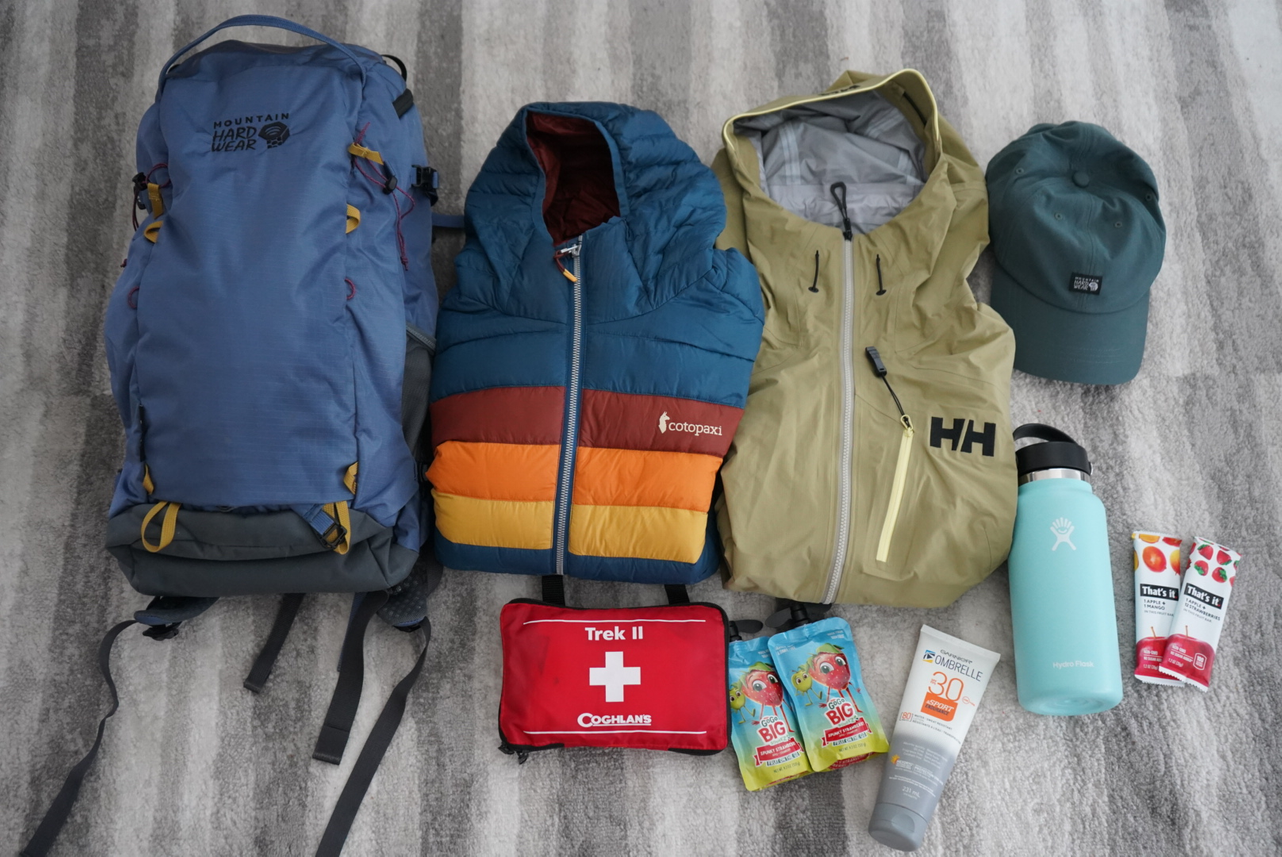 This 25-litre JTM pack by Mountain Hardwear can fit a down jacket, lightweight shell, a 32-ounce insulated water bottle, first-aid kid, cap, sunscreen and snacks. Photo: Vivian Chung
This 25-litre JTM pack by Mountain Hardwear can fit a down jacket, lightweight shell, a 32-ounce insulated water bottle, first-aid kid, cap, sunscreen and snacks. Photo: Vivian Chung
Hydration Reservoir
A pack with a hydration reservoir allows you to comfortably sip as you hike, and most hydration compatible packs often have a sleeve on the inside for a two or three-litre reservoir, though the reservoirs on daypacks often have to be purchased separately. Alternatively, look for packs with side pockets large enough for a water bottle. This will allow you to easily access a sip without removing your pack.
The Perfect Fit
Fit is perhaps one of the most important aspects to consider when choosing your daypack, as it will help make carrying weight on your back more comfortable and could prevent injury. The length of your pack should fit the length of your torso, with the hip belt snugly wrapped around the top of your hip bones. A properly fitting pack will transfer weight away from your shoulders to your hips and lower body. Though some day packs offer adjustable torso lengths, it’s important to try it on at the store to make sure it fits correctly, especially if you’re between sizes. You should also try to simulate the load that you’ll likely be carrying on your hikes when testing out backpacks.
 iStock
iStock
Pack Access
Day packs generally have two distinct closure styles. Top-loading packs allow you to load your belongings from the top, with the most crucial and most used items at the top of the pack. Panel loading packs allow you to access the main compartment of the pack through large U shaped zippers. While top-loading packs can accommodate a larger load, panel-loading packs allow you to easily access items without having to dig everything up.
Features of a Multi-Use Pack
Aside from day hikes, daypacks are an increasingly popular choice for travel and commuting around town. A number of packs now include features that cater to the everyday user. For example, a laptop sleeve in a daypack allows you to transition seamlessly from a trail to an office setting. Experienced overnight hikers can also use a larger daypack for camping in the backcountry by opting for one with a separate sleeping bag compartment, which can be used for lightweight overnights. And if you live in a wet region like the Pacific Northwest, consider packs that have a built-in rain cover to protect your items while on the trails and roaming around town.









